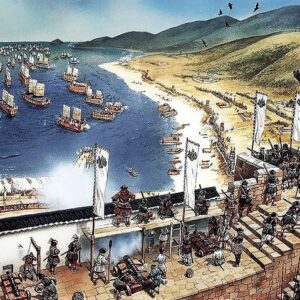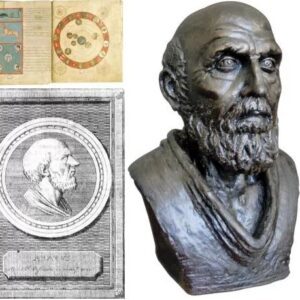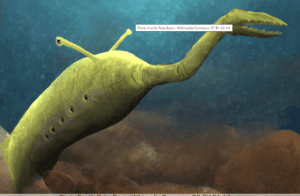
Many millions of years ago, a peculiar sea creature existed that shared some traits with a cuttlefish, a slug, and even a leech. Known today as the Tully monster, the fossil of this strange animal was discovered and named after its discoverer. Despite extensive research, scientists have yet to reach a consensus on how to classify the Tully monster, leaving the creature shrouded in mystery.
Discovery of the Tully monster
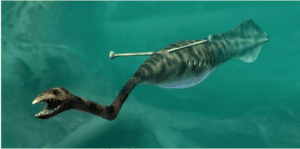
The Tullimonstrum gregarium.
The Tully monster, also known as Tullimonstrum, was first discovered by Francis Tully in 1958 in the Mazon Creek fossil beds of Illinois. The fossil he found is estimated to be around 307 million years old.
The creature is often described as having a slug-like appearance, with eyes located on stalks at the mid-body. However, where one might expect a mouth to be, the Tully monster has a long, thin appendage that ends in a claw with teeth. This unusual combination of features has made it challenging for scientists to classify the Tully monster as either a vertebrate or an invertebrate. Vertebrates are animals with backbones, such as mammals, fish, birds, and reptiles, while invertebrates lack backbones, including insects, octopuses, and crustaceans.
A 2016 study classified it as a vertebrate
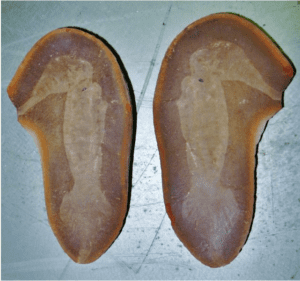
A T. gregarium, or Tully monster, fossil.
In 2016, a group of scientists claimed to have finally classified the Tully monster, asserting that it was a vertebrate. Their study focused on several notable features in the creature’s physical shape, particularly the presence of a notochord, a flexible rod that runs down the length of the body and is considered a precursor to a spinal cord. The scientists claimed that the notochord’s presence suggested the Tully monster should be classified as a vertebrate, akin to lampreys.
The study also examined pigment granules, or melanosomes, located in the eyes. The researchers found that the size and shape of these structures were similar to those found in other vertebrates, providing additional evidence for the Tully monster’s classification as a vertebrate.
A newer study challenges this classification
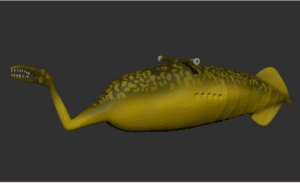
3D model of Tullimonstrum gregarium as a vertebrate
For a time, the 2016 study was accepted as the closest to a definitive classification scientists were going to reach with the Tully monster. However, a newer study challenged the 2016 outcome, pulling the mystery of the Tully monster back into the scientific discourse.
This newer study also looked at melanosomes in the eyes. Researchers used a particle accelerator, called a synchrotron radiation lightsource, to get a deeper look at the chemical makeup of the melanosomes in the samples from Tully monster fossils and from current vertebrates and invertebrates. The particle accelerator overloads the specimen with intense bursts of radiation that cause the elements inside to become identifiable. Each of the elements has its own specific X-ray signature.
When analyzing the Tully monster’s eye zinc-to-copper ratio, it was determined that the creature more closely resembles invertebrates than vertebrates, contrary to the previous study’s claims. It was also found that the Tully monster’s eyes contained a different type of copper than vertebrates. What’s especially interesting is that even though this unusual creature is different than vertebrates, it’s not identical to invertebrates, either.


